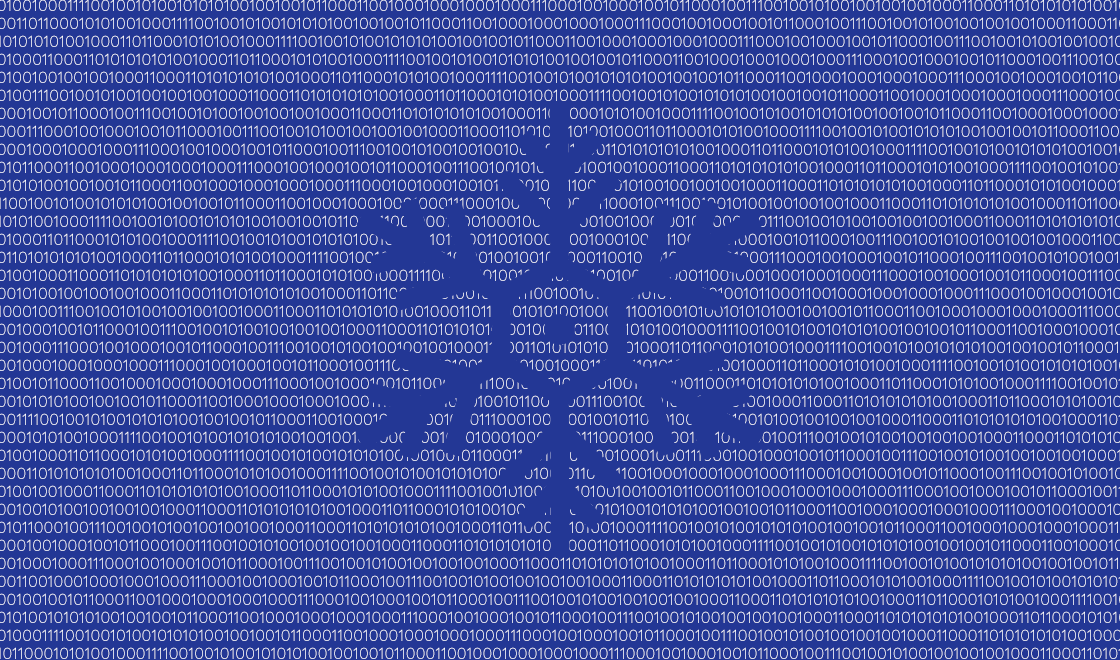The 8 Things You Should Definitely Do With Your Holiday Data
Published on August 05, 2019/Last edited on August 05, 2019/7 min read


Anna Mongillo
Business Intelligence Analyst at BrazeWe know what you’re thinking. Something along the lines of, “It’s August. What am I doing, reading this article about holiday data?” Well, don’t worry—you’re not in the Twilight Zone, and you still have plenty of sunshine and “Summer Fridays” left to go before winter rears its ugly head. But while there aren’t any emergency gift shopping sprees looming in your near future, you do still have a few important things stacking up on your to-do list. One of those things is planning for the holidays. More specifically: planning how you will use your data to inform your holiday campaigns.
First of all, if you’re not using data regularly to drive your digital marketing decisions, you’re falling behind. Over 40% of brands made plans to expand their data-driven marketing budgets back in 2016, and it’s a key tenet of modern marketing that smart use of behavioral data can drive customer engagement across any industry. The proviso here is smart use of data—data that is thought out, analyzed, and acted on in the right ways. It can be hard to do that, or at the very least, resource- and time-intensive.
That's why we've compiled a few ways you should use your holiday data this year—before November rolls around. Leaning into these eight tips will help you optimize and refine your digital marketing game-plan this season, and avoid pitfalls along the way.
Tip #1: Use last years’ holiday data—but don't rely on it too heavily
There’s no doubt that your historical data holds tons of golden nuggets about how your customers behave over the holidays. It’s absolutely necessary to utilize that data for planning, decision-making, and course-correcting on your holiday campaigns. That said, make sure you also stay aware of global trends so that you can adjust your course of action to accommodate a wider perspective. Look for answers to questions like: when are people starting to shop for the holidays worldwide? (Previous Braze research has found that the U.S. holiday shopping season keeps getting earlier…) What devices are customers using to make their purchases? What are the top online shopping hours for various countries? Plan for global peaks and understand local nuances, all while keeping your own customers in mind.
Tip #2: Adjust your conversion criteria for the holidays—and analyze it accordingly
Conversion rates have less meaning when your conversion criteria are broadly defined, or defined in ways that don’t make sense for your current goals. Think about what you really want to measure this holiday season, and what you want your end result to be—for instance, an increase in purchases, session starts, or clicks on certain promotions—and hone in on specifics. If your conversion criteria are off base (say you’re focusing on total opens, when you should really be looking at purchases or users adding to cart), it will only be tougher to judge and analyze the success of your campaigns.
Tip #3: Explore the impact of message send volume on engagement rates
Many companies send more messages around the holidays. Be aware of this when you start to look at last season’s data, or when you begin to make this season’s big decisions. If you’re comparing a message with 50,000 sends to one with 5,000 sends, you’re likely to see a huge difference between the two in terms of engagement rates—not necessarily due to differences in the messages themselves, but due to volume bias in the groupings (smaller groups tend to misrepresent populations, whereas larger groups often reflect less randomness and have a lower margin of error). Don’t fall into this numbers trap: look at the weighted version of your data as well.
Tip #4: Adjust your marketing perspective based on seasonality
It’s no secret that customer behavior changes around the holidays, but don’t be fooled into misreading those trends; adjusting for seasonality when making your holiday decisions is vitally important. For instance, let’s say you saw open rates rising at the start of November this year. Before you attribute this increase in engagement to those freshly-polished holiday campaigns, make sure to also look at your data after it’s been adjusted for seasonality. Now ask yourself: has that upward trend in engagement grown since last years’ holiday season, or has it just stayed constant?
Tip #5: Don't sit on the holiday data you’ve gathered this year
Quality digital marketing depends on quick data collection and decision making, so make sure you’re collecting and acting on relevant information in an ongoing way. Adjust your holiday and post-holiday campaigns constantly, based on the freshest and most relevant data available, so that your messaging isn’t curtained behind an influx of more effective holiday campaigns from competitors. Engage in continuous batch processing to best inform your descriptive and predictive analytics.
Tip #6: Act on the holiday data you’ve gathered, both this and last year—but not in silos
Don’t restrict data access to just one or two teams. Your digital marketing strategy, for this holiday season and beyond, hinges on a holistic, collaborative view of your data and your users. That means that both your data and creative teams have to work together to create well-rounded campaigns. Before you know it, the holidays will have flown by, and the last thing you want to do is lose a critical window for wowing your customers with those perfectly planned and executed seasonal campaigns.
Tip #7: Don't send too many (or not enough) messages
Dramatically scaling up your messaging frequency around the holidays could be a recipe for disaster. You could scare your users away, get marked as spam (and keep in mind that with recent updates to iOS and Android, being marked as spam doesn’t only apply to email anymore), and possibly ruin the impact of your holiday campaigns. As the season goes on and you just keep sending, you run the risk of bombarding—but never truly reaching—your users.
On the other hand, be sure to send enough messages to your users. Using your data to determine the optimal send frequency and cadence—not to mention, the best ways to add personalization and relevance to those messages—that will allow you to communicate with your users in their preferred manner is the best way to win their trust and loyalty.
Tip #8: Focusing on the long game
While you’re collecting and analyzing all your data this holiday season, don’t forget about what happens next year. Start to formulate a game plan that ensures you gather the right data for the future. Continue to follow best practices for data collection and analysis. Plan early, and use your data in tandem with the right technology and cross-team collaboration to guide you through this year and beyond. Your users will thank you for it.
Our gift to you
Crafting great holiday campaigns takes work. That means doing your research, testing out your campaigns, iterating on your sending strategy, and executing at the right time with the perfect personalized message for your audience. It’s not always easy, but it’s necessary.
That’s why we’ve put together a little gift for you: the Holiday Data Starter Pack. Start with our recently-released Benchmarks tool to get an idea of how your industry is trending over time, especially around the holidays. Then, check out our suggestions for campaign testing. Finally, get inspired by our second interview with two real-deal poets on “the poetics of push”. Use their tips to create moving, engaging campaign copy come November. Your campaigns will be better for it!
Be Absolutely Engaging.™
Sign up for regular updates from Braze.
Related Content
View the Blog
How behavioral marketing turns data into personalized experiences

Team Braze

The new inbox reality: How iOS changes are reshaping email marketing

Aparna Prasad

Experience optimization: Turning data insights into better journeys
